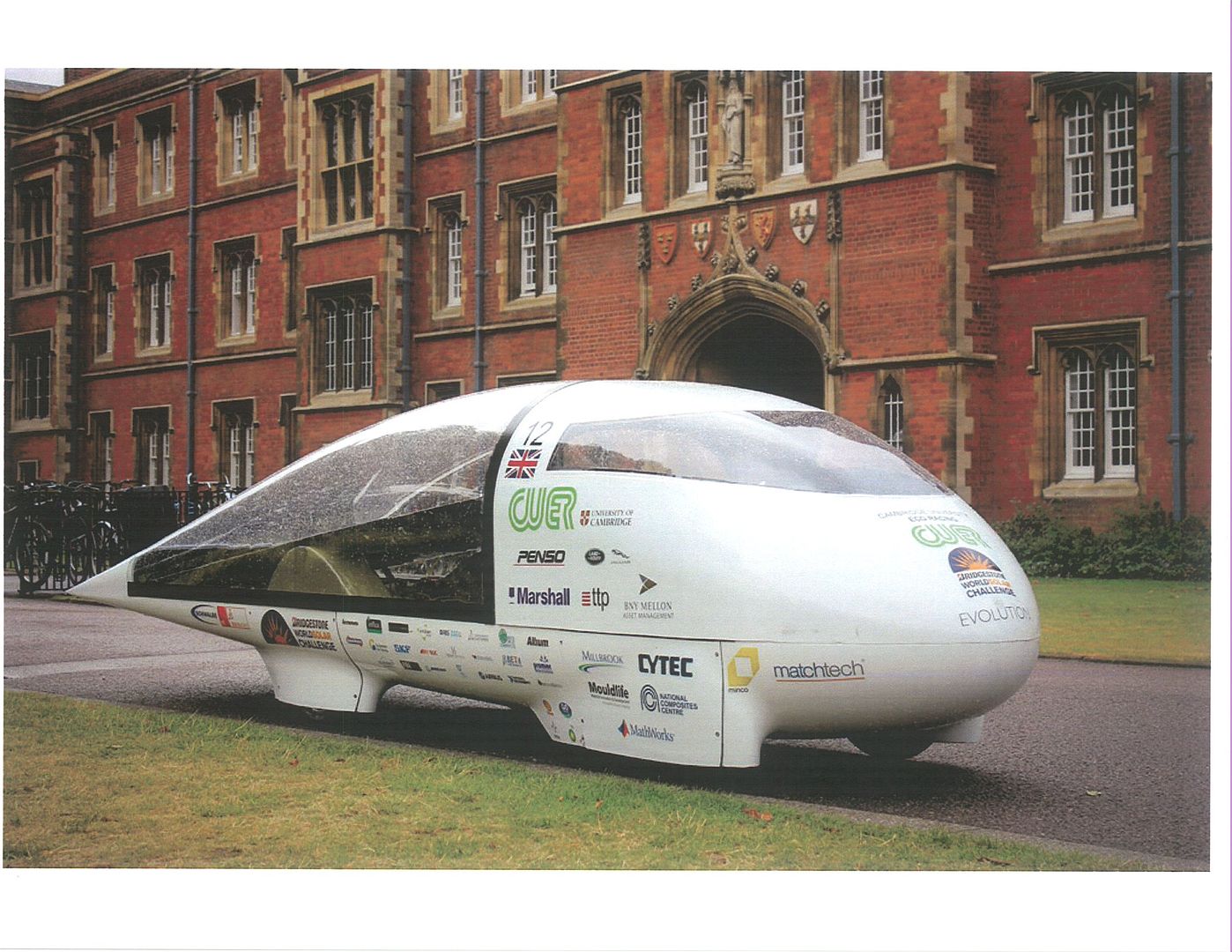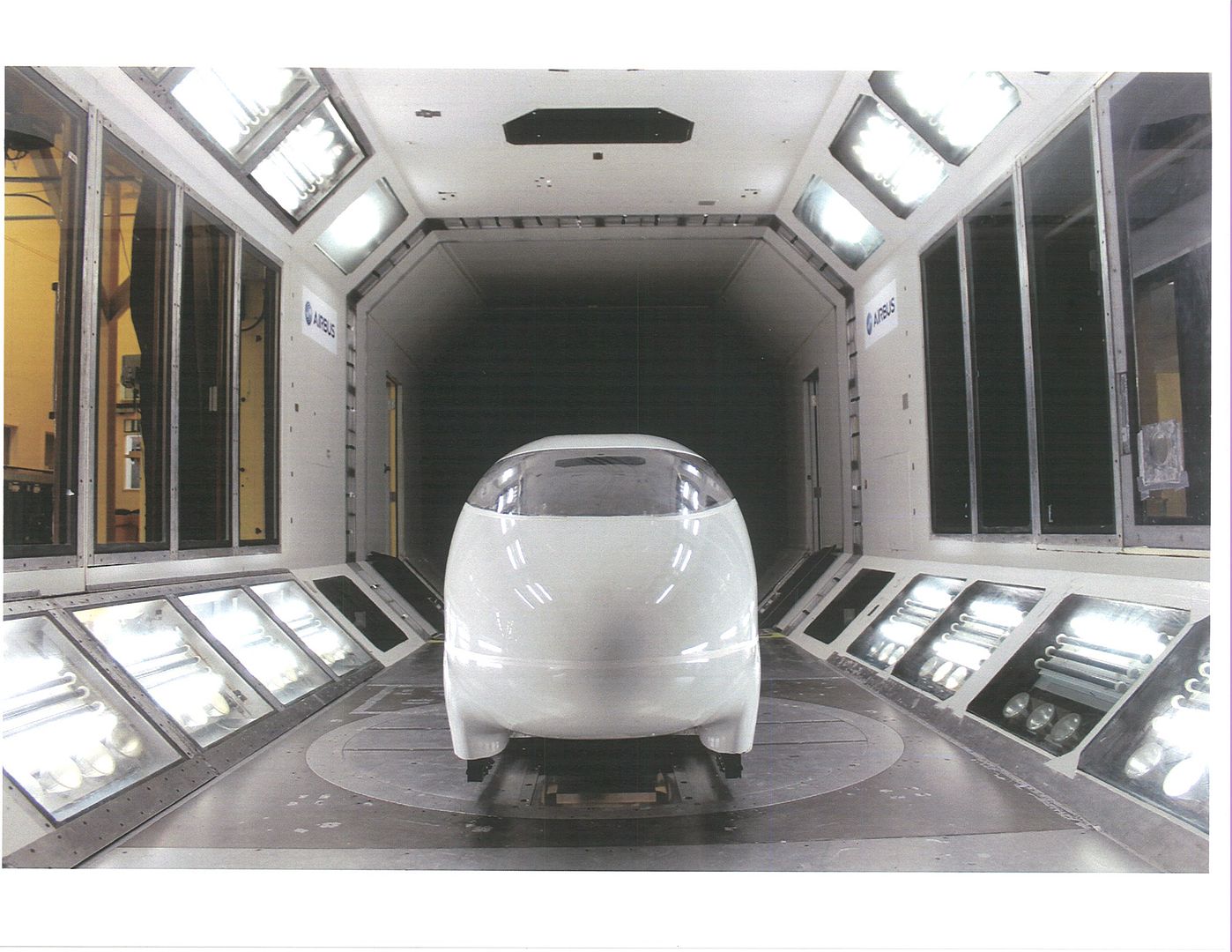Quote:
Originally Posted by CHSGreenpower

My opinion of water troughs for aero testing is... well, I don't know enough about them to have an opinion on the subject to be fair.
Will one of these be cheaper/easier for my purpose?
Would the computing power of my PC affect the outcome of a CFD run or will it simply take longer? I assume the answer is the latter but I don't know anywhere near as much as you guys
Thanks for being patient with me.
|
A water 'table' might be something to consider.
A water reservoir supplies pumped water to an outlet where the water diffuses through a porous material,then flows out onto a slanted table which drains back into the reservoir.
Here is a unit at Texas Tech which uses a back-lit section of 'milk' Plexiglass for the table,with a grid painted onto it.

2-dimensional models are placed in the water and weighted down so they don't float way.(a pickup truck model is shown).
Common food coloring is injected into the stream from a squeezed syringe for flow visualization.When the water becomes clouded,a few drops of bleach clears it back up.
It's limited to 2-D flow,but you can learn an awful lot with these.
--------------------------------------------------------------------------
A tow tank requires a very sophisticated 3-axis strain gauge load cell mounted to a rolling gantry bridge,which provides the motive power for the submerged models and data acquisition feed to a computer for data reduction.
I think that these would beyond the scope of your capabilities.
Texas Tech abandoned theirs and filled it in.They tested 3/8-scale models which cost them $68,000 (US) a piece.
--------------------------------------------------------------------------
As to the CFD.Consider contacting the mechanical engineering department at Cambridge University and see if a grad student wouldn't help you get a feel for the software and hardware required to run a professional-quality CFD program.They know quite a bit about streamlining

